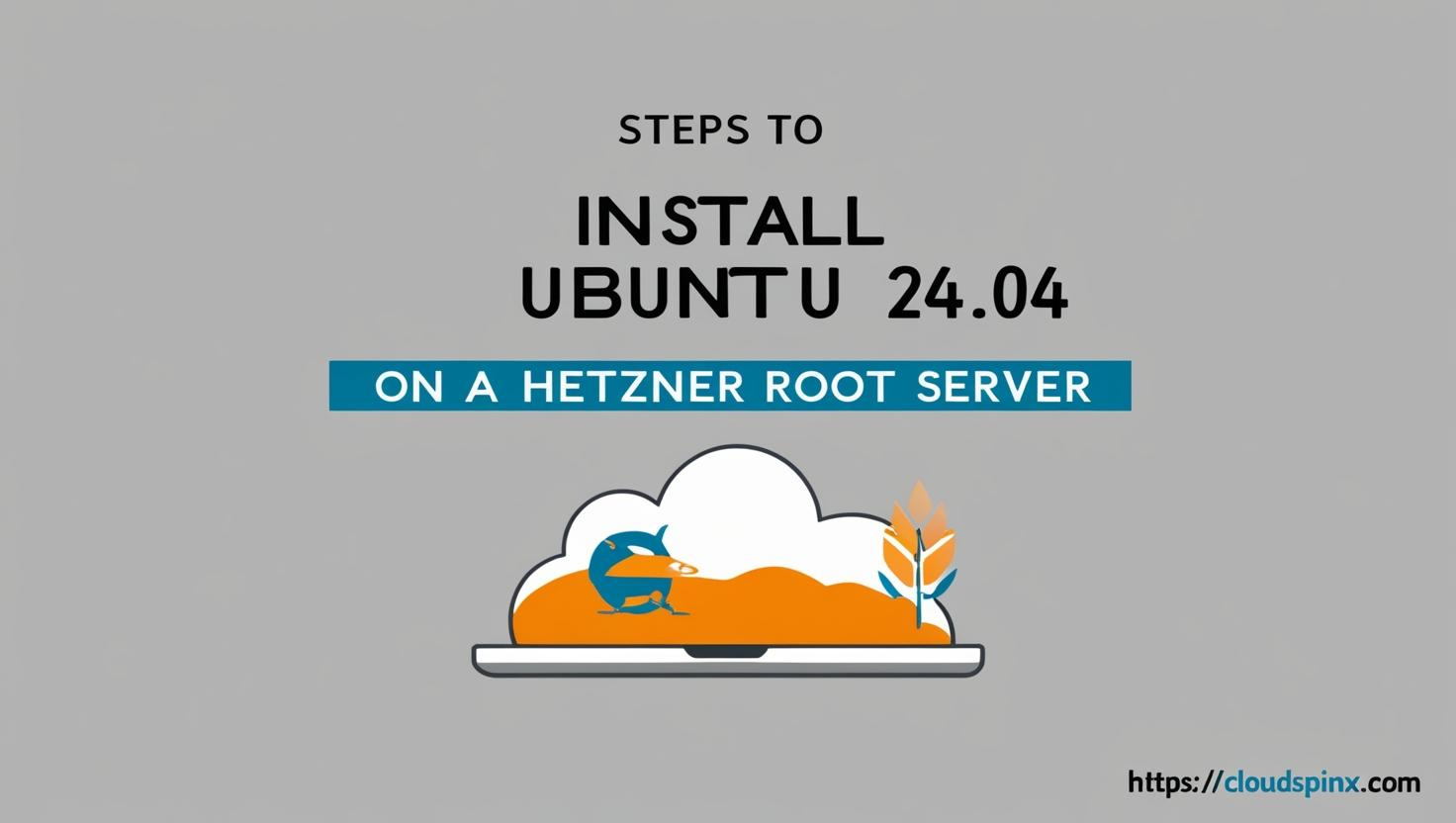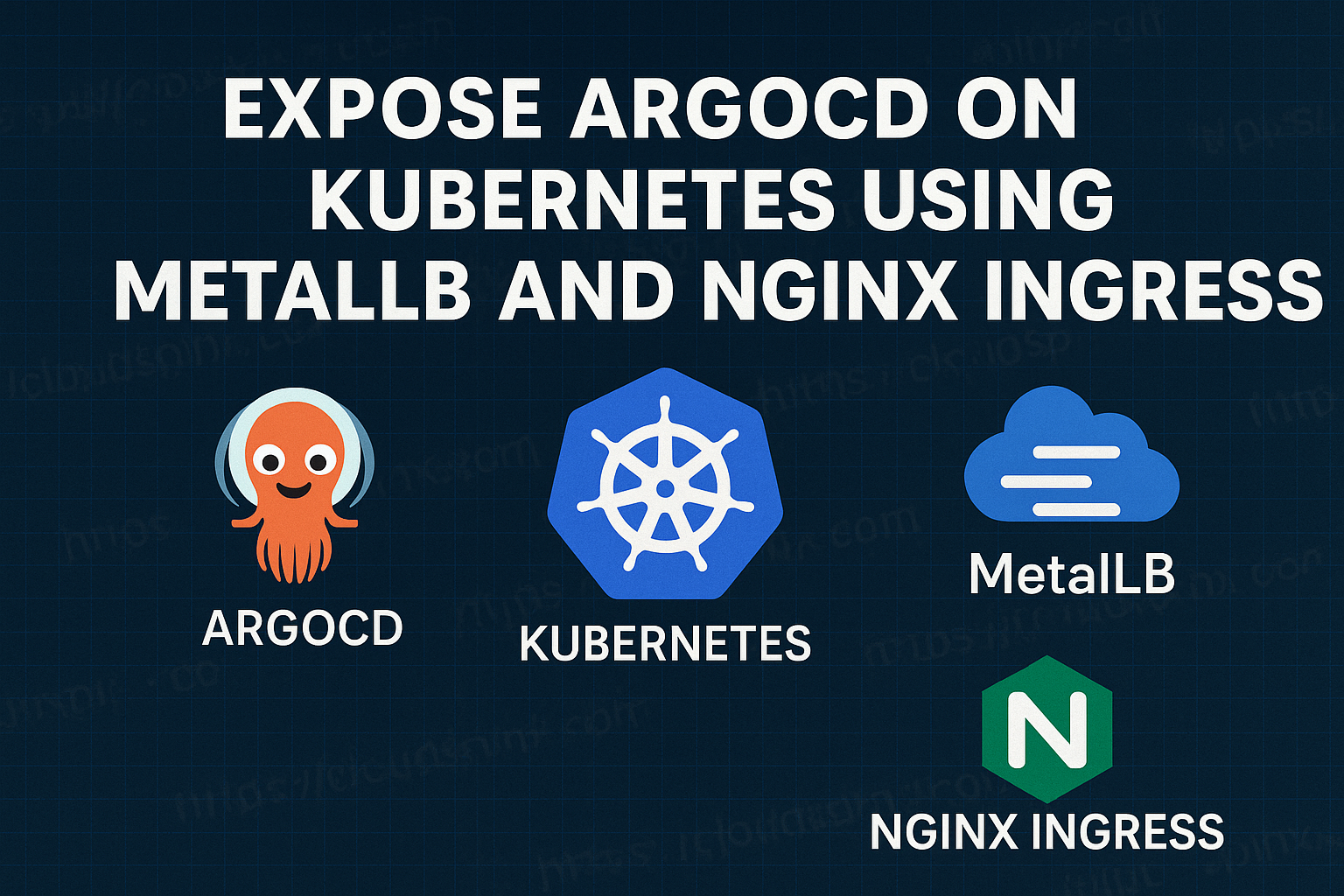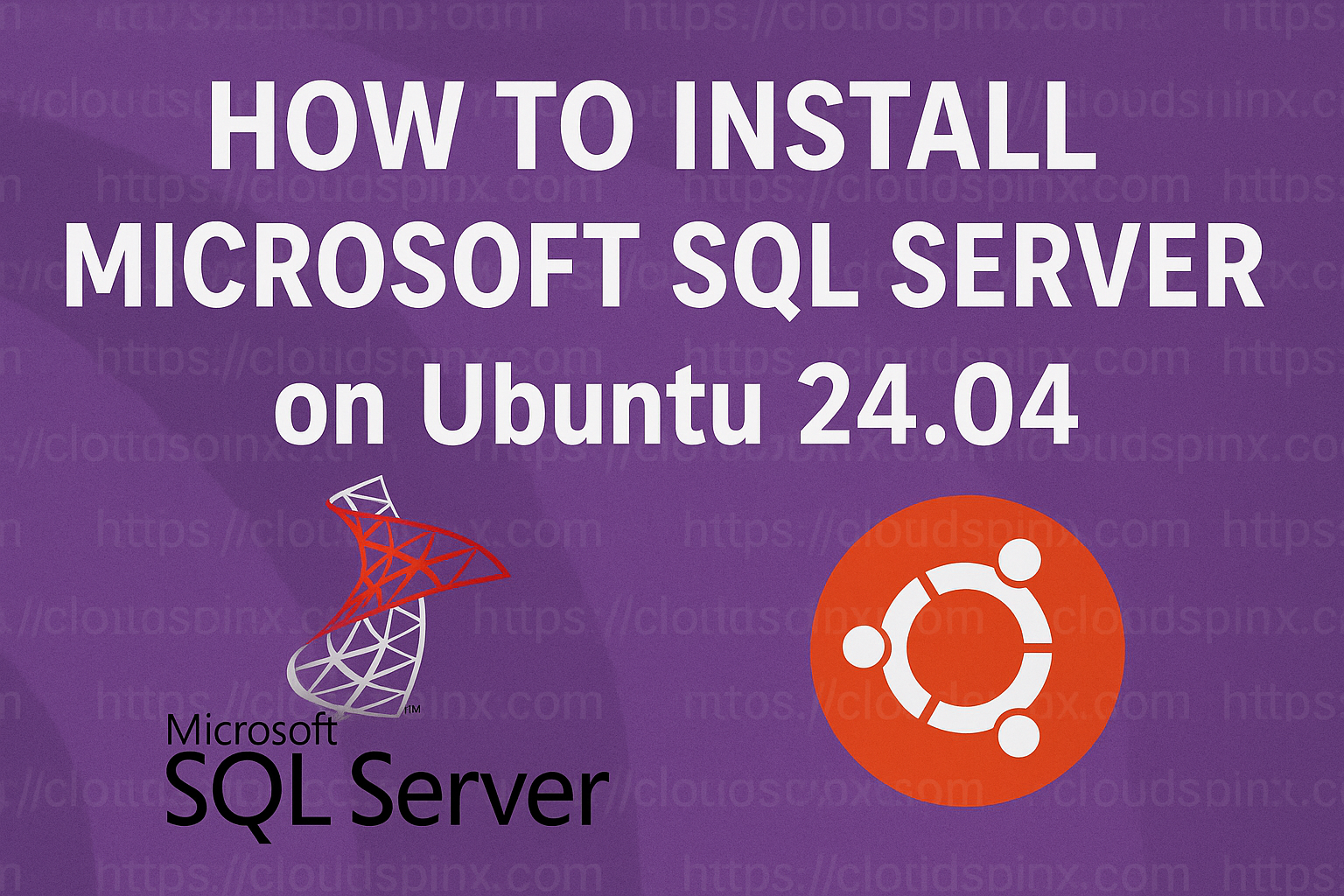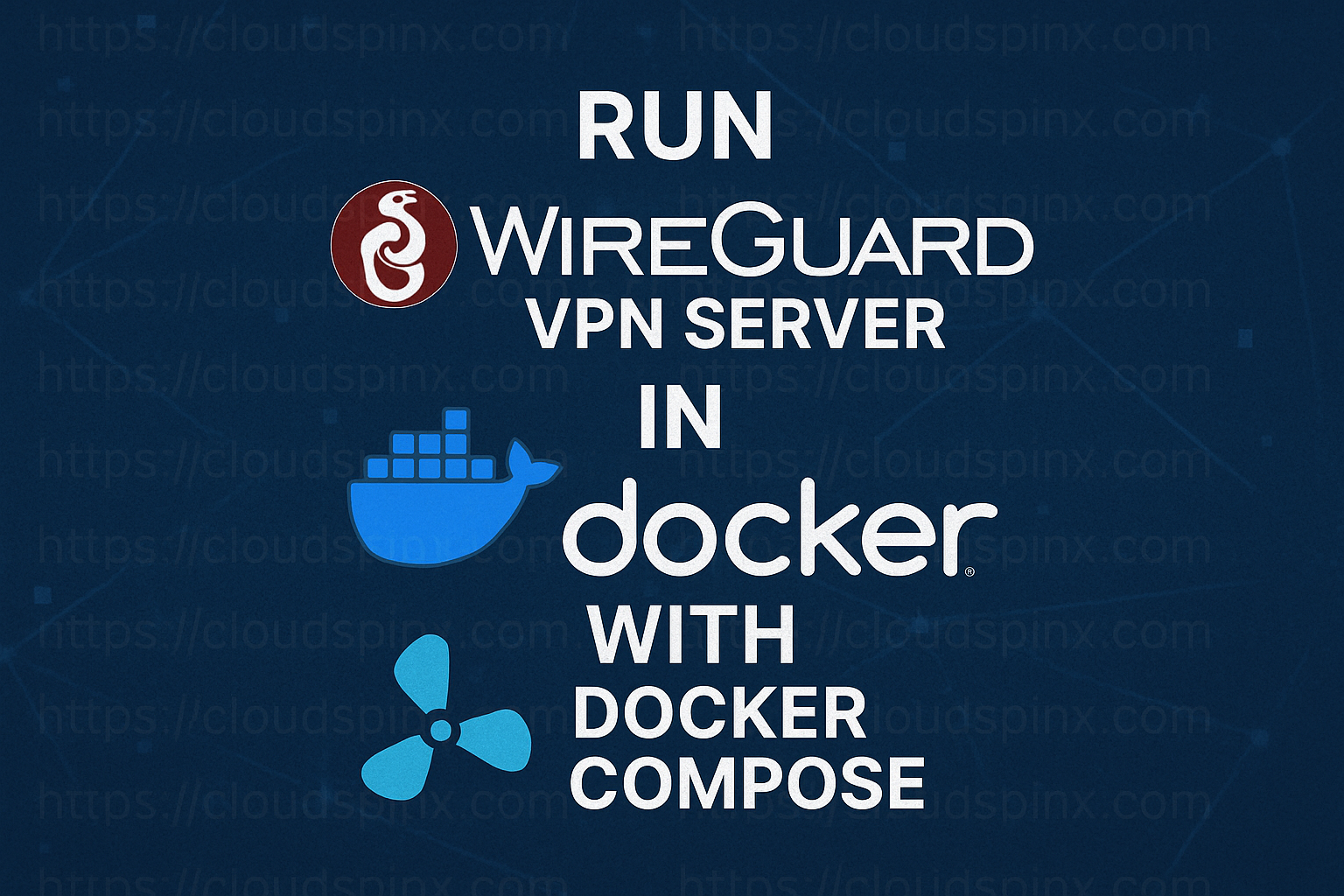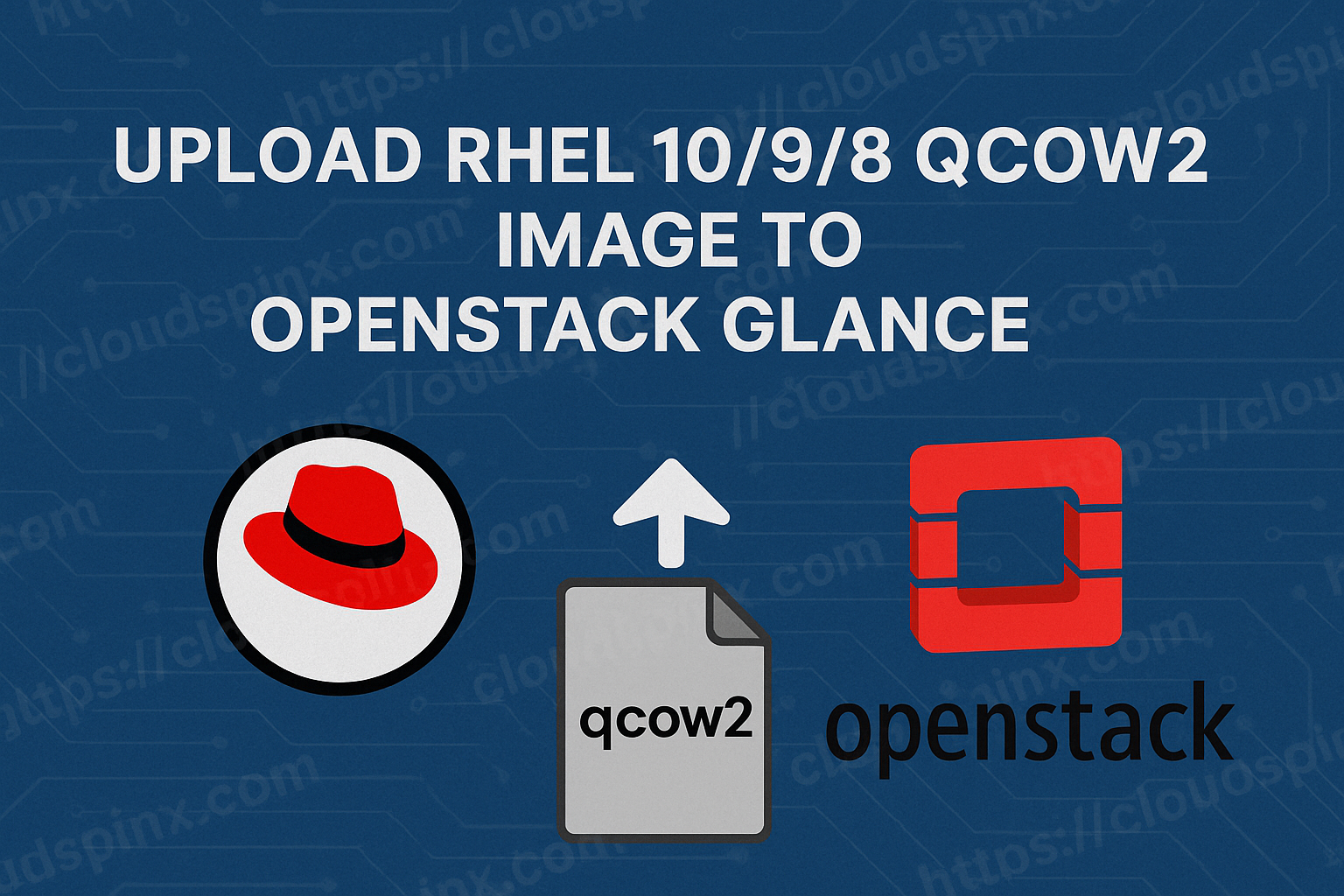In this post we will cover the installation process of Ubuntu 24.04 server on a hetzner dedicated server. Hetzner is a popular choice for affordable, high-performance dedicated hosting. At CloudSpinx, we proudly offer expert consultancy services for Hetzner Cloud hosting, ensuring seamless deployment, optimization, and management. The Hetzner root servers give you full control over the physical hardware resources, and the ability to customize the installation, server configurations, and being able to install a hypervisor for running virtual machines.
In this guide, we’ll walk you through the steps required to deploy Ubuntu 24.04 on your Hetzner root server with the server booted into rescue system. So let’s get started.
Log in to the Hetzner Robot interface > Server > “Server Name” > Rescue. Select Linux and activate rescue system.
List disks available on the server:
# lsblk
NAME MAJ:MIN RM SIZE RO TYPE MOUNTPOINTS
loop0 7:0 0 3.2G 1 loop
sda 8:0 0 447.1G 0 disk
sdb 8:16 0 447.1G 0 disk1. Create installation config
Create a new server installation configuration file.
vim config.txtFeel free to modify below installation config file. To set encryption password, disks used, raid level, and disk partitioning.
CRYPTPASSWORD StrongCryptPassw0rd
DRIVE1 /dev/sda
DRIVE2 /dev/sdb
SWRAID 1 # Enable software Raid
SWRAIDLEVEL 0 # Use software raid level 0, use 1 for raid level 1
BOOTLOADER grub
HOSTNAME dserver.cloudspinx.com #Server hostname
PART /boot ext4 800M
PART lvm vg0 all # Create LVM Volume group which uses all space
### Customize disk allocations accordingly ###
LV vg0 root / xfs 50G
LV vg0 var_lib_libvirt /var/lib/libvirt xfs 600G
IMAGE /root/images/Ubuntu-2404-noble-amd64-base.tar.gzRemember to customize disk partition to your liking before you begin os installation.
2. Install Ubuntu 24.04 on hetzner dedicated server
Once done run the command below to begin installation.
installimage -a -c config.txtIt is also possible to perform the setup from text ui editor by just running the installimage command. After choosing OS image to use, a text editor will be started, from where you can edit the configuration file.
# installimageExpected installation output:
Hetzner Online GmbH - installimage
Your server will be installed now, this will take some minutes
You can abort at any time with CTRL+C ...
: Reading configuration done
: Loading image file variables done
: Loading ubuntu specific functions done
1/18 : Deleting partitions done
2/18 : Test partition size done
3/18 : Creating partitions and /etc/fstab done
4/18 : Creating software RAID level 0 done
5/18 : Encrypt partitions and create /etc/crypttab done
6/18 : Creating LVM volumes done
7/18 : Formatting partitions
: formatting /dev/md/0 with ext4 done
: formatting /dev/vg0/root with xfs done
: formatting /dev/vg0/var_lib_libvirt with xfs done
8/18 : Mounting partitions done
9/18 : Sync time via ntp done
: Importing public key for image validation done
10/18 : Validating image before starting extraction done
11/18 : Extracting image (local) done
12/18 : Setting up network config done
13/18 : Executing additional commands
: Setting hostname done
: Generating new SSH keys done
: Generating mdadm config done
: Generating ramdisk done
: Generating ntp config done
14/18 : Setting up miscellaneous files done
15/18 : Configuring authentication
: Fetching SSH keys done
: Disabling root password done
: Disabling SSH root login with password done
: Copying SSH keys done
16/18 : Installing bootloader grub done
17/18 : Running some ubuntu specific functions done
18/18 : Clearing log files done
INSTALLATION COMPLETE
You can now reboot and log in to your new system with the
same credentials that you used to log into the rescue system.3. Reboot the system
After the installation is complete, perform a reboot on the server.
rebootGive it some minutes to come back online, then SSH into your fresh Ubuntu 24.04 system:
ssh root@<your-server-ip>Update system packages to make sure it’s latest.
apt update && apt upgrade -yDisabling root user login (Optional)
For better security you can disable root user ssh login. But before then, you will need to create a new user. In the example given, we are creating a user called cloud.
adduser cloud
usermod -aG sudo cloudEdit the ssh configuration file to disable root login.
# nano /etc/ssh/sshd_config
PermitRootLogin noRestart ssh daemon after the change:
systemctl restart sshOptionally, allow ssh service and activate UFW firewall service.
ufw allow OpenSSH
ufw enableConfirm:
# ufw status
Status: active
To Action From
-- ------ ----
OpenSSH ALLOW Anywhere
OpenSSH (v6) ALLOW Anywhere (v6)More articles from us:

